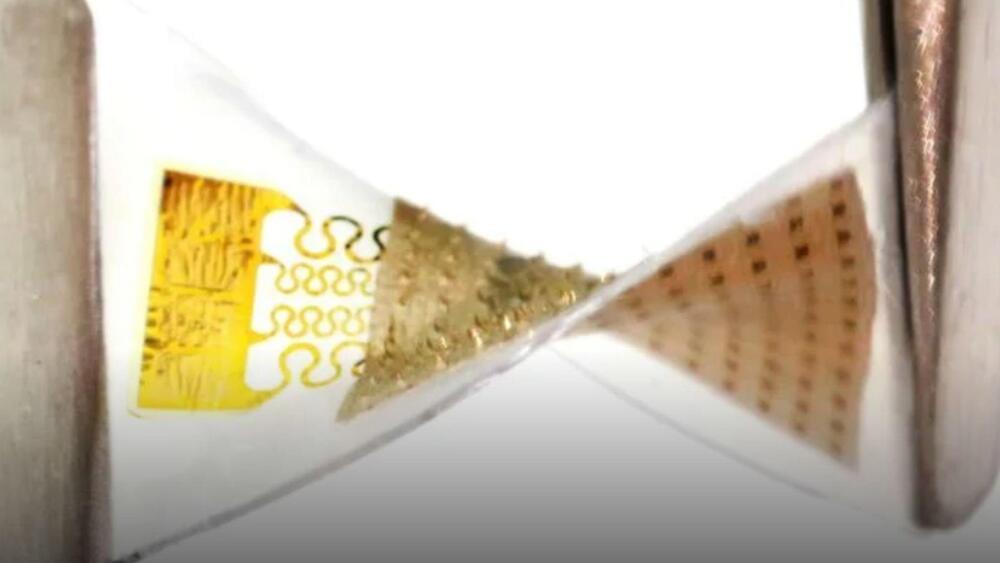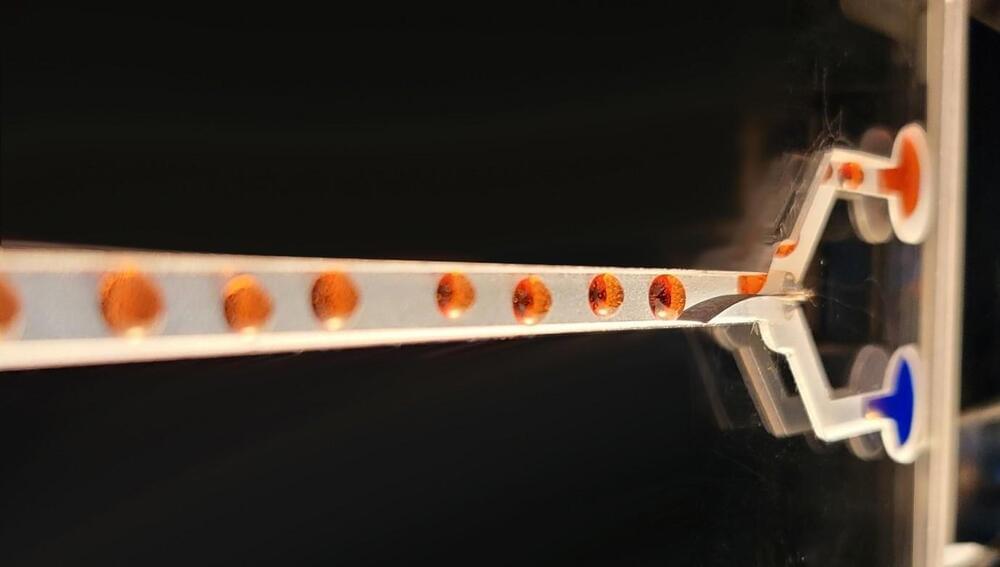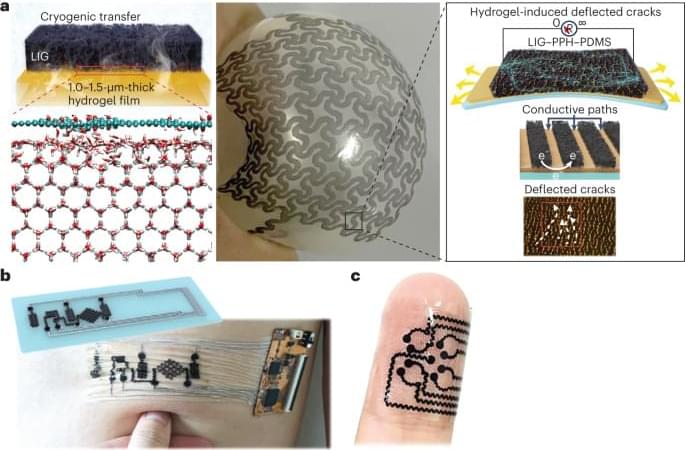Feb 17, 2024
AI-powered neurotech developer Elemind emerges from stealth with backing from Bezos, Gates
Posted by Dan Breeden in categories: biotech/medical, information science, robotics/AI, wearables
It’s electric! A startup emerged from stealth this week with grand plans to pioneer a new form of neurotech dubbed “electric medicine.”
Elemind’s approach centers on artificial intelligence-powered algorithms that are trained to continuously analyze neurological activity collected by a noninvasive wearable device, then to deliver through the wearable bursts of neurostimulation that are uniquely tailored to those real-time brain wave readings.

















